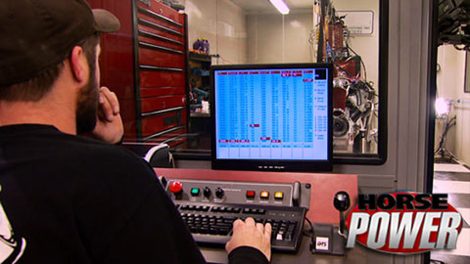HorsePower Builds
Want more content like this?
Join the PowerNation Email NewsletterParts Used In This Episode
Howell Engine Developments,Inc.
ECM and FI harness and LS series ECM for 24X reluctor.Reflashed seperate computer for upgrade in cam and intake selections.
O'Reilly Auto Parts
Fuel line disconnect tool
Rob Mix Services,Inc.
E85 Holley Conversion Kit, High-Performance 4150 Carburetor kit fits 750, 830, 850, 950 E85 or Gas, Holley, Proform and Quickfuel dblpmp Carbs Overhaul kit for use on 750, 850,950 double Pumpers with Mechanical Secondaries. Comes small parts bag, 2- .150 ss Needle & Seats 2 #65 high flow power valves, 2-50cc and 2-30cc accel diaphragms and all the non sticks gaskets you need to overhaul your E85 converted or gas carb., E85 Billet Metering Blocks These billet metering blocks are setup for Gas or





























